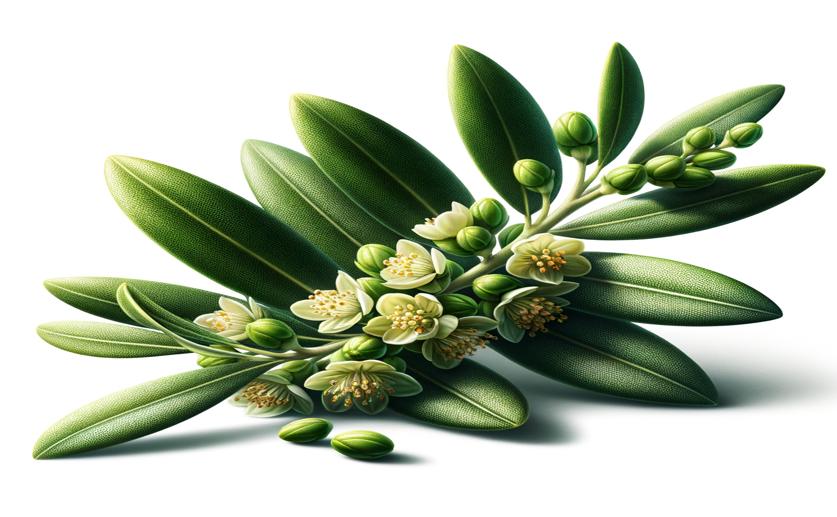
Understanding Key Genes in Sweet Olive for Flower Scent and Leaf Shape
Jenn Hoskins
22nd June, 2024

Image Source: Natural Science News, 2024
Key Findings
- The study from Nanjing Forestry University focused on the roles of YABBY transcription factors in Osmanthus fragrans
- YABBY genes are crucial for the development of leaves and floral organs in plants
- The YABBY gene OfYABBY12 negatively regulates the synthesis of β-ionone, a key compound for floral scent in Osmanthus fragrans
References
Main Study
1) Characterization of YABBY transcription factors in Osmanthus fragrans and functional analysis of OfYABBY12 in floral scent formation and leaf morphology
Published 21st June, 2024
https://doi.org/10.1186/s12870-024-05047-y
Related Studies
2) YABBYs and the transcriptional corepressors LEUNIG and LEUNIG_HOMOLOG maintain leaf polarity and meristem activity in Arabidopsis.
3) Metabolic engineering of terpene biosynthesis in plants using a trichome-specific transcription factor MsYABBY5 from spearmint (Mentha spicata).
4) Differentiating Arabidopsis shoots from leaves by combined YABBY activities.



 21st June, 2024 | Greg Howard
21st June, 2024 | Greg Howard